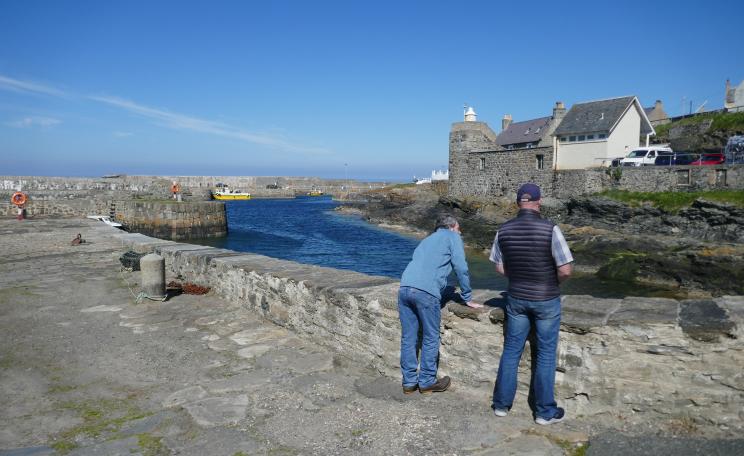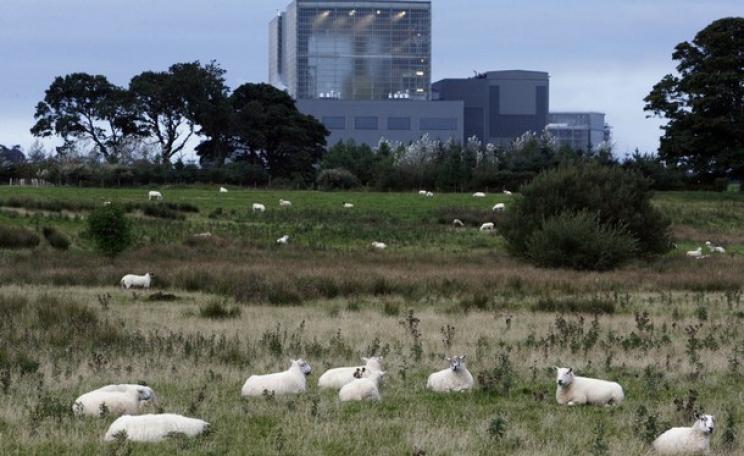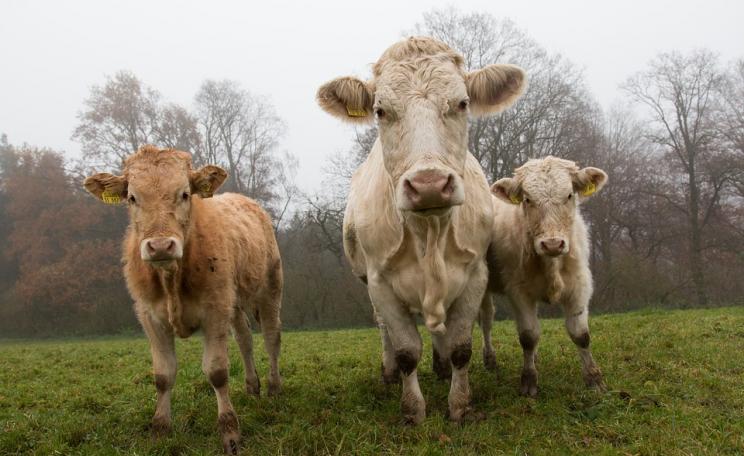A single dissenting voice, absent justification, can stymie the introduction of clean, green energy that can contribute to local incomes and jobs.
The UK is a windy place. I’ve lost count of the number of places I’ve visited with a local standing joke: “We’ve got a lazy wind, it doesn’t go around you but straight through you”.
And if you stand on some of our shores squinting hard out to sea, it is increasingly clear that we are starting, as we need to in this age of climate emergency, to harness that power to generate the energy that we need.
The UK will need to produce 45 GW of offshore wind power by 2035 if it is to respect its climate commitments, according to a report by Imperial College and Vivid Economics for the Climate Change Committee (CCC).
Onshore
The renewable energy industry in the UK thus has a clear target to meet—and is confident that it can do so. There’s even hope that the Navitus Bay proposal, rejected under murky circumstances in 2015, might be revived.
But progress on the far cheaper option of onshore wind – one that’s also accessible to the community energy schemes that could play a crucial role in spreading prosperity around the nation - has hit the doldrums, metaphorically if not, obviously, actually (plate tectonics not having suddenly speeded up).
The same CCC report indicates that 35 GW of onshore wind will be needed by 2035, up from only about 14GW. In Scotland, where the sister party of the Greens of England and Wales has ministers in the government, plans are afoot to further expand its leading place in onshore wind on these islands.
Yet despite this pressing need, planning rules for England implemented in 2015 by the Conservative government have led to a drastic fall in new onshore wind developments.
A single dissenting voice, absent justification, can stymie the introduction of clean, green energy that can contribute to local incomes and jobs.
Government data show that there were a paltry 11 planning applications submitted for new or extended onshore wind farms between 2016 and 2020; this compares to 244 applications between 2011 and 2015.
Threat
These are exactly what crossbencher Baroness Hayman’s private member’s Onshore Wind Bill, which I and a wide range of other peers spoke in favour of on Friday, seeks to address. It requires the revision of national planning guidance on onshore wind to allow local authorities to advance schemes in their areas.
In England now, community support must be unanimous. A single dissenting voice, absent justification, can stymie the introduction of clean, green energy that can contribute to local incomes and jobs. No such rules apply to new fossil fuel – or nuclear – developments. Additionally, a local or neighbourhood plan has to have specifically identified an area as being for wind turbines.
It was a policy that came in after former prime minister David Cameron went from “hug a husky” to dismissing environmental policies as “green crap”, just as, not coincidentally, the Conservative Party started wooing Ukip-leaning voters for all it was worth. That was back when one of its candidates was on the record as saying it thought renewable energy would “run out”.
The Government has made clear its commitment to onshore wind as part of the energy transition. Boris Johnson has even disavowed his former claim that wind power couldn’t “pull the skin off a rice pudding”.
Onshore wind enjoys broad support from the public, sitting at 70 per cent in one recent survey; support from conservation charities such as the RSPB - which points out that the greatest single threat to birds and other wildlife is climate change; support from academics; and support from industry.
Concrete
The primary community concerns, according to UK-wide polling carried out in July 2021 by Survation on behalf of Renewable UK, are efficiency and harmony with nature. Careful siting of wind farms can address any genuine community concerns – even more so if they are community-owned and driven projects.
Some critics complain that “wind turbines kill birds”. So, sadly, do all human structures. The US Department of Energy’s 2015 “Wind Vision” report indicates that the rate of avian collisions with wind turbines are 1,500—5,000 times lower than with buildings generally. And I’ve never heard that being an argument to stop any other kind of building.
The cleanest greenest energy you can have, the indisputably ideal, is the energy that you don’t need to use – and energy efficiency has been treated with almost equal careless disdain by the governments of the past decade. But for the energy we need, onshore wind and solar are now the cheapest options, as well as their environmental benefits.
Despite there being an abundance in Westminster, we cannot fuel England’s energy transition with bluster and hot air.
We didn’t hear from the Government on Friday that they plan to take concrete steps towards a just and effective transition by backing the Onshore Wind Bill approach. But Baroness Hayman, co-chair of Peers for the Planet, is a formidable character, and she indicated she’ll keep pressing the government on the issue.
This Author
Natalie Bennett is a member of the House of Lords, and a member of the Green Party.







